This article was co-authored by Pippa Elliott, MRCVS. Dr. Elliott, BVMS, MRCVS is a veterinarian with over 30 years of experience in veterinary surgery and companion animal practice. She graduated from the University of Glasgow in 1987 with a degree in veterinary medicine and surgery. She has worked at the same animal clinic in her hometown for over 20 years.
There are 9 references cited in this article, which can be found at the bottom of the page.
This article has been viewed 19,053 times.
Amlodipine besylate is a calcium channel blocker used to treat hypertension, or high blood pressure. Before giving your cat amlodipine, tell the vet about any medications it takes, if it has any existing medical conditions, and make sure its liver functions properly. Typically, amlodipine is taken once a day and with food. Always give your cat its medication according to the vet's instructions, and never stop treatment without first asking the vet. Bring your cat to follow-up appointments as the vet recommends, and monitor it for side effects and other issues.
Steps
Consulting Your Cat's Vet
-
1Have your cat tested for related conditions. Primary hypertension, or high blood pressure that's not caused by another medical condition, is rare in cats, so the vet will likely test for a secondary disorder. Typically, hypertension is related to heart disease, hyperthyroidism, kidney disease, or another underlying condition.
- Tell the vet if your cat takes any other medications or if it's ever been diagnosed with a medical issue. Some medications, such as diuretics, can interfere with its effectiveness or cause blood pressure to become too low.[1]
-
2Have your cat's liver and kidneys tested. Amlodipine should be used cautiously in pets with liver problems, so tell your cat's vet if it's ever been diagnosed with any issues. If you're not sure about its liver function, ask the vet if they recommend any tests.[2]
- Amlodipine is often prescribed to cats with kidney disease, but it's recommended that the kidneys be routinely monitored to rule out adverse side effects. If you're unable to bring your cat in for follow-up care, ask the vet if they recommend an alternative medication.[3]
Advertisement -
3Ask the vet about the best dose and dosage form. When a cat's systolic blood pressure (SBP) is greater than 200, some vets recommend starting amlodipine treatment at an increased dose.[4] It's typically given orally and, in 2016, a more palatable, chewable form became available.
- Ask the vet if they can prescribe a chewable form and if there's a significant difference in cost between it and a tablet medication.
- It's best to avoid stressing a cat with hypertension, so ask the vet about transdermal or injection dosage forms if you have trouble giving your cat oral medication.[5]
- Your vet will need to monitor your cat's blood pressure after the treatment has started.
Giving Your Cat Its Medicine
-
1Give your cat its medicine according to the vet's instructions. Before leaving the vet's office, make sure you understand how to give your cat its medication.[6] Amlodipine is often given with food, but you should confirm this with your cat's vet. If they recommend administering it with food, you can place a tablet in a pill pocket treat or give a chewable dosage form with a meal.
- Ask the vet if you should feed your cat a pill pocket treat along with a full meal.
- Wash your hands after giving your cat amlodipine or any other medication.[7]
-
2Administer amlodipine every 24 hours. Amlodipine is effective for 24 hours, so it's most often prescribed to be taken once daily.[8] Do your best to give your cat its medication at the same time each day, such as with breakfast or dinner. You can choose the time of day that's best for you and your cat, but just be sure to stick to that same time each day.[9]
-
3Avoid missing a dose or double dosing. Missing a dose can cause a spike in blood pressure, so try setting a daily alarm and take a dose with you when you and your cat are away from home.[10] If you do miss a dose, don't try to catch up by double dosing. Instead, give your cat its medicine as soon as you remember or, if its next scheduled dose is soon, administer the drug at that time.[11]
-
4Don't stop treatment without the vet's approval. Never take your cat off of any medication without first consulting a vet. Even if you see that it's working, stopping treatment can cause a life-threatening spike in blood pressure.[12]
- Call the vet if your cat vomits or displays any adverse side effects after taking its medicine. They might recommend stopping treatment and provide an alternative medication.
Monitoring Your Cat
-
1Schedule follow-up visits as the vet recommends. The vet will most likely recommend a follow-up visit within a few weeks of the first dose. They'll take your cat's blood pressure to make sure the medication is effective and, if necessary, adjust the dose.[13]
- If your cat has other medical issues, they'll also test for adverse side effects or verify that secondary treatments are working.
-
2Look for any adverse side effects. Amlodipine is safe for most cats, but can sometimes cause side effects related to low pressure. Contact the vet if you notice symptoms such as:[14]
- Loss of appetite and weight loss
- Depression or lethargy
- Signs of reduced kidney function, like dark, strong-smelling urine
- Sudden fainting
-
3Seek emergency care if you spot severe symptoms. Call the vet if your cat vomits after its first dose, as this can indicate an allergy or hypersensitivity to the medication. Sudden collapse or severe weakness and lethargy are signs of overdose, and you should immediately contact the vet or your local animal poison control center if you observe these symptoms.[15]
- If your cat has hypertension related to heart disease, seek emergency care if it has difficulty breathing or moving.
References
- ↑ https://vcahospitals.com/know-your-pet/amlodipine-besylate
- ↑ https://www.petmd.com/pet-medication/amlodipine-besylate
- ↑ https://www.ncbi.nlm.nih.gov/pmc/articles/PMC548629/
- ↑ https://www.ncbi.nlm.nih.gov/pmc/articles/PMC5032874/
- ↑ http://www.wedgewoodpetrx.com/learning-center/medication-information-for-pet-and-horse-owners/amlodipine-for-dogs-and-cats.html
- ↑ https://catvets.com/hypertension-toolkit/treatment
- ↑ http://www.wedgewoodpetrx.com/learning-center/medication-information-for-pet-and-horse-owners/amlodipine-for-dogs-and-cats.html
- ↑ https://www.ncbi.nlm.nih.gov/pmc/articles/PMC548629/
- ↑ https://www.ncbi.nlm.nih.gov/pmc/articles/PMC5032874/
- ↑ http://www.peteducation.com/article.cfm?c=0+1303+1464&aid=3203
- ↑ http://www.wedgewoodpetrx.com/learning-center/medication-information-for-pet-and-horse-owners/amlodipine-for-dogs-and-cats.html
- ↑ http://www.wedgewoodpetrx.com/learning-center/medication-information-for-pet-and-horse-owners/amlodipine-for-dogs-and-cats.html
- ↑ https://www.petmd.com/pet-medication/amlodipine-besylate
- ↑ https://www.vetinfo.com/amlodipine-side-effects-in-cats.html
- ↑ http://www.wedgewoodpetrx.com/learning-center/medication-information-for-pet-and-horse-owners/amlodipine-for-dogs-and-cats.html
- ↑ https://www.vet.cornell.edu/departments-centers-and-institutes/cornell-feline-health-center/health-information/feline-health-topics/hypertension
About This Article
To give amlodipine besylate to your cat with high blood pressure, follow your vet’s instructions for how much to give and the best way to administer it. If they tell you to give it to your cat with food, you can place the tablet in a pill pocket treat or in your cat's meal. Since amlodipine besylate is effective for 24 hours, remember to give your cat the medicine every day at the same time. You should also schedule follow-up visits at the vet so they can check your cat’s blood pressure and whether the medicine is working or if they need to make any adjustments to the dosage. For more help from our Veterinary co-author, including what to do if you miss giving your cat a dose, read on!
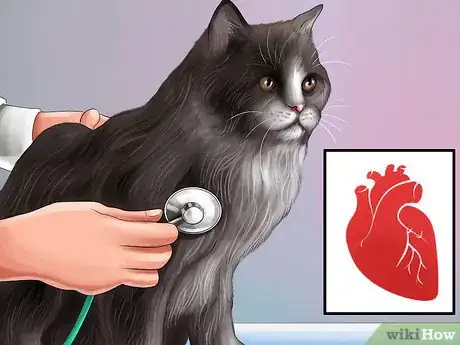
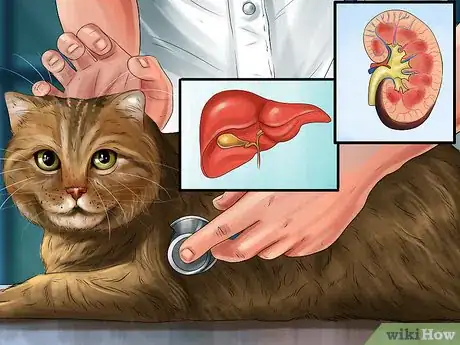
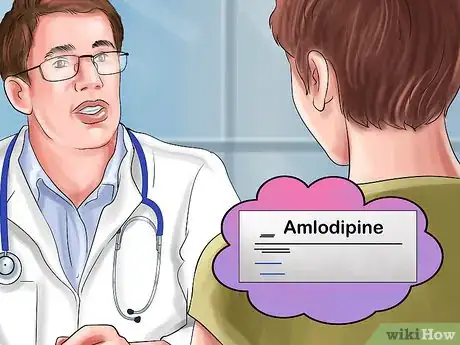
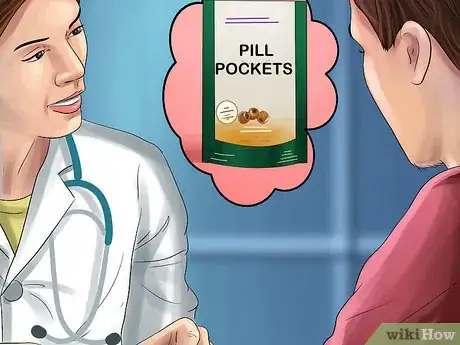

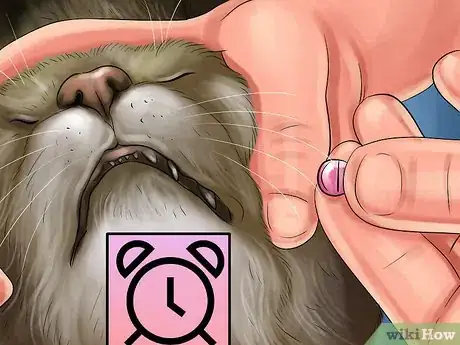

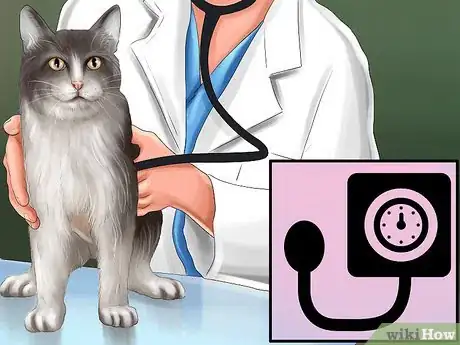
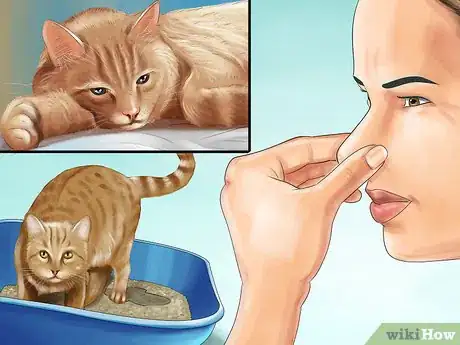


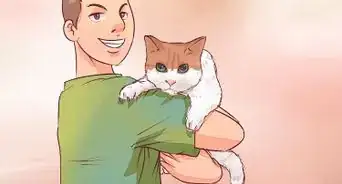
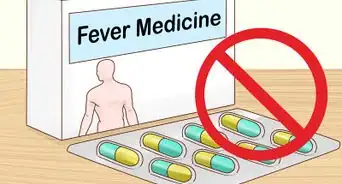









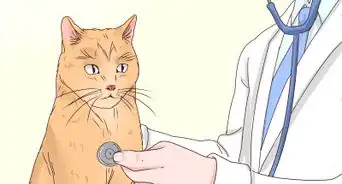










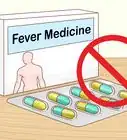




































Medical Disclaimer
The content of this article is not intended to be a substitute for professional medical advice, examination, diagnosis, or treatment. You should always contact your doctor or other qualified healthcare professional before starting, changing, or stopping any kind of health treatment.
Read More...